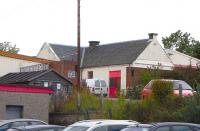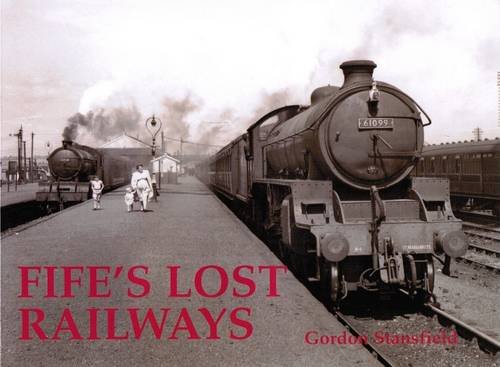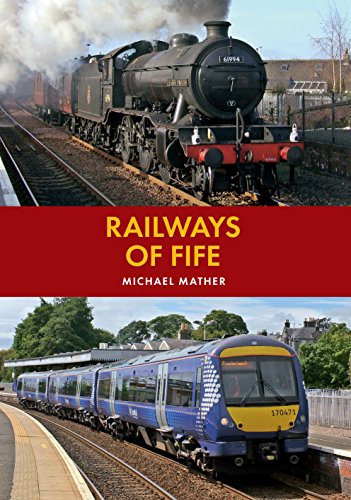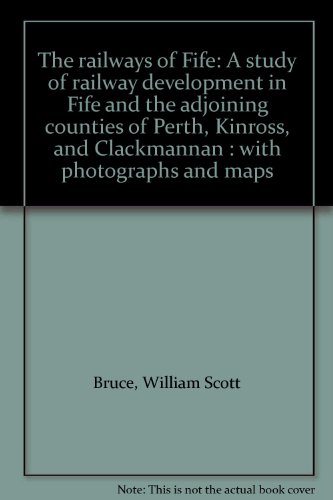Wemyss and Buckhaven Railway
Introduction
This line is closed. Until recently a small portion remained open at the Methil docks running through to the site of Methil station. The complex of lines at Methil docks were very substantial consisting of three large docks, a harbour, marshalling yards and coal loading facilities. There was a connection from Buckhaven to a branch of the Leven Railway. The original line ran from Thornton Junction to Buckhaven. It was extended first to Methil and later to meet the Leven Dock Railway by Leven [1st]. These lines and docks were built at the instigation of the Wemyss family who owned a large number of local coal mines as well as the lands of Wemyss, Buckhaven, Methil and Leven. The line was sold the the North British Railway. Unhappy with the service provided the Wemyss family produced their own Wemyss Private Railway which ran from their pits to a washery by Methil.
Dates
Portions of line and locations
This line is divided into a number of portions.
Thornton to Buckhaven
Thornton North Junction to Buckhaven.
This is a four way junction. To the north the main line runs north to Ladybank and the line branch to Cameron Bridge and Levenmouth, which is being re-doubled and electrified, runs off to the north east.. (This formerly ran to Leven [2nd] and the Fife Coast railway to St Andrews [2nd].) To the south the Dunfermline Branch heads west from the main line which runs south to ...
More detailsSee also
Edinburgh and Northern Railway
Dunfermline Branch (Edinburgh and Northern Railway)
Leven Railway
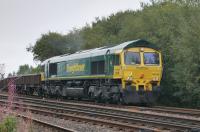
Bill Roberton 22/08/2022
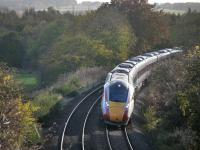
...
Bill Roberton 26/10/2022
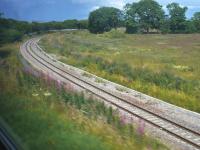
Bill Roberton 15/07/2023
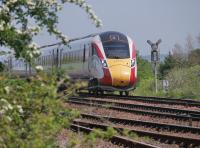
...
Bill Roberton 01/06/2021
This island platform station was located directly east of the main Thornton Junction station and was directly connected to it by footbridge. It was an island platform with the line becoming single track as it curved off to the south east to Buckhaven. The east face of the platform was used for passenger trains.
...
This junction opened in 1887. It allowed direct access for the Buckhaven line to the Dunfermline Branch via 'The Hole', as the line was known. Before this, the Buckhaven line only met the main line at Thornton North junction. Its opening coincided with the extension of the line east to Methil in 1887.
...
This is a closed station, some way north of West Wemyss itself. Initially it had a single platform on the south side of the line and opposite a goods bank siding, approached from the west. The signal box was at the east end. The signal box was closed for the duration of the Great War.
...
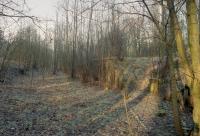
Bill Roberton //1992
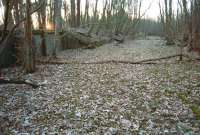
Ewan Crawford //1996
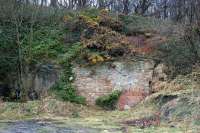
Bill Roberton 27/02/2012
This pit was served by a sidings from the Wemyss and Buckhaven Railway just east of West Wemyss station. The sidings were on the south side of the line and the pit was reached by a reversal in the sidings. The pit was closed by 1893.
...
See also
Wemyss Private Railway
This pit was served by a branch from the Wemyss and Buckhaven Railway. There was a yard to the east of the pit and the pit was south of the line.
...
This was a single platform station with the platform on the south side of the line serving the town of East Wemyss to the south. The station building survives in modified form.
...
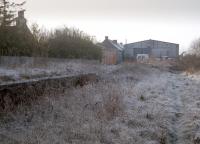
Bill Roberton //1992
This was a single platform station, originally a terminus approached from the west, from Thornton Junction. The platform was on the south side of the line, the town side. The line was extended east to Methil in 1887.
...
See also
Leven Extension Railway (Wemyss and Buckhaven Railway)
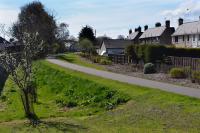
Bill Roberton 28/04/2018
Hugo Branch
This pit was served by a branch from the Wemyss and Buckhaven Railway. There was a yard to the east of the pit and the pit was south of the line.
...
This pit opened in 1872 and was connected, after 1875, by an inclined double hutchway through the Hugo Tunnel to reach the shore at West Wemyss where there was the Wellesley Colliery Victoria Pit and West Wemyss Dock.
...
Thornton East to West
This provided a connection from the Buckhaven line to allow trains to run west onto the Dunfermline Branch.
This junction opened in 1887. It allowed direct access for the Buckhaven line to the Dunfermline Branch via 'The Hole', as the line was known. Before this, the Buckhaven line only met the main line at Thornton North junction. Its opening coincided with the extension of the line east to Methil in 1887.
...
This was the western apex of the triangle of lines formed with Thornton North Junction and Thornton South Junction.
...
See also
Dunfermline Branch (Edinburgh and Northern Railway)
Thornton Marshalling Yard and Rothes Pit (British Railways)
Thornton Junction Station to Thornton West Curve (North British Railway)
Books






